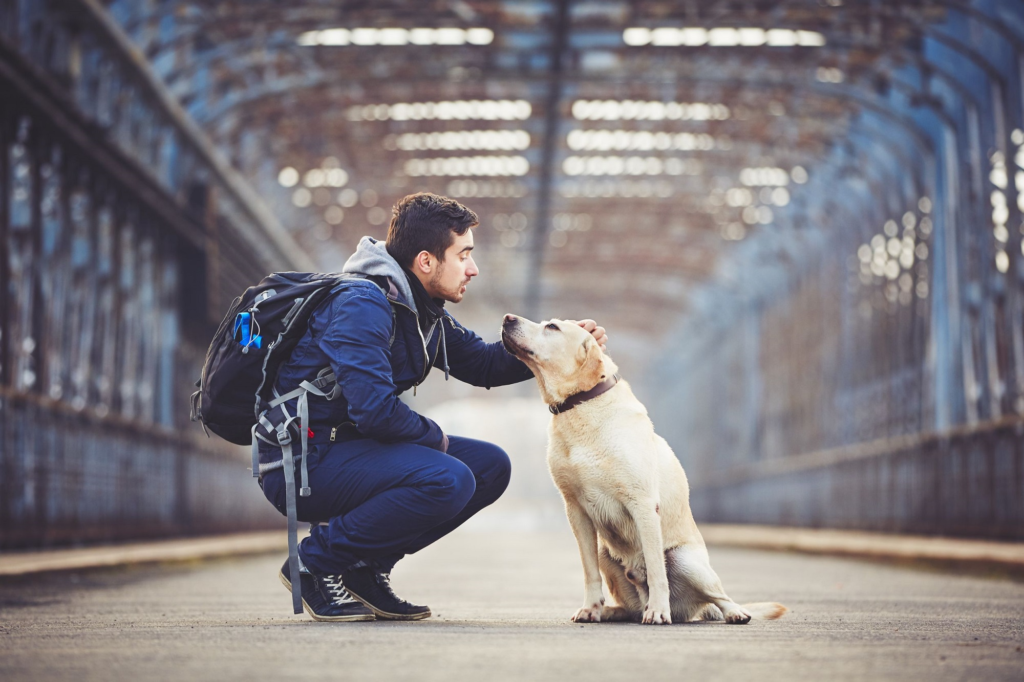Introduction
Cats and dogs, two of the most beloved pets worldwide, often find themselves sharing living spaces. While their interactions can be heartwarming, the dynamics between these furry companions are not always smooth sailing. One intriguing aspect that piques the curiosity of pet enthusiasts is a cat’s reaction to being sat on by a dog. In this article, we delve into the feline psyche, exploring the reasons behind their reactions and providing insights into fostering a harmonious coexistence between these diverse four-legged friends.
Cats Reaction To Being Sat On By Dog Watch Full video
CLICK.. Cat’s Hilarious Reaction to Being Sat on by Family Dog Goes Viral
The Natural Instincts of Cats

Cats, by nature, are territorial and independent creatures. Their behavior is deeply rooted in their instincts, shaped by years of evolution as solitary hunters. When confronted with a situation where a dog attempts to sit on them, cats may react defensively. Understanding these natural instincts is crucial to interpreting and managing their reactions.
The Language of Cat Body Posture

Cats communicate through a complex system of body language. When faced with an unwelcome situation, such as being sat on by a dog, a cat may exhibit various behaviors to convey its discomfort. These signals can include flattened ears, a puffed-up tail, and a low body posture. Observing and interpreting these cues is vital for pet owners to intervene appropriately and prevent potential conflicts between their furry companions.
Introducing Dogs and Cats: A Gradual Process

To ensure a positive relationship between cats and dogs, gradual introductions are essential. Rushing the process can lead to stress and anxiety for both pets. Starting with scent exchanges, allowing the animals to become familiar with each other’s smells, is a prudent first step. Subsequent controlled visual introductions and supervised interactions can help build trust and understanding.
The Importance of Safe Spaces for Cats

Cats thrive in environments where they feel secure. Designating safe spaces within the home where cats can retreat to if they feel threatened is crucial. These spaces should be inaccessible to dogs, allowing cats to recharge and escape potential stressors. Providing vertical spaces, such as cat trees or shelves, enables felines to observe their surroundings from a vantage point, fostering a sense of control.
Training Dogs to Respect Cat Boundaries

In many cases, a dog’s attempt to sit on a cat may stem from playful behavior rather than aggression. Training dogs to respect cat boundaries is an integral part of harmonious cohabitation. Basic commands such as “leave it” and “stay” can be instrumental in controlling a dog’s impulses. Consistent reinforcement of positive behavior through treats and praise helps dogs associate proper conduct with positive outcomes.
Recognizing Signs of Stress in Cats
Stress in felines can appear in different ways, such as remembering changes in dietary patterns, unreasonable preparation, or even a forceful way of behaving. It is fundamental for animal people to quickly perceive these signs and make a restorative move. Understanding the stressors, such as a dog attempting to sit on them, allows for targeted interventions to create a more relaxed living environment.
Building Positive Associations through Play
Engaging cats and dogs in interactive play can help foster positive associations between them. Shared playtime with toys that appeal to both species not only provides physical exercise but also encourages bonding. Through play, cats and dogs can learn to read each other’s cues and develop a more nuanced understanding of their companion’s boundaries.
Seeking Professional Guidance

In cases where cats consistently exhibit distress or aggressive behavior in response to a dog’s actions, seeking professional guidance is advisable. Animal behaviorists and veterinarians can assess the specific dynamics between the pets, offering tailored advice and training strategies to address the underlying issues.
Conclusion:
Understanding and respecting the natural instincts of both cats and dogs. Theparamount in fostering a harmonious bond between these diverse companions. By observing and interpreting feline body language, facilitating gradual introductions, providing safe spaces, and training dogs to respect cat boundaries, pet owners can create an environment where their beloved pets can coexist peacefully. Building positive associations through play and seeking professional guidance. When needed further contribute to a happy and balanced relationship, ensuring that the question of a cat’s reaction to being sat on by a dog becomes a minor concern in the tapestry of their shared lives.
Other Important Articles To Read
- Filmygod Unveiled: Download the Yes Movies App
- fintechzoom Crypto Facto FintechAsianet Dawn
- Mystery of Code 02045996870 What Is
- Hugo Barbier Camera Sukıtır Electric Bikes
- Celine Dion health Chapter 1 Myrtle Gonzalez
- QXEFV?WellHealthOrganic Spicyrranny buffalo milk tag
- Exploring Aiyifan Kokoa TV Geometry Spot
FAQS:
Q1: Why do cats react strongly when sat on by a dog?
Ans1: Cats have territorial instincts and may feel threatened, triggering defensive reactions when faced with a dog’s presence. Cats Reaction To Being Sat On By Dog.
Q2: How can pet owners foster a positive relationship between cats and dogs?
Ans2: Gradual introductions, designated safe spaces, and positive reinforcement through play and training can promote harmony.
Q3: What signs indicate that a cat is stressed by a dog’s actions?
Ans3: Changes in eating habits, excessive grooming, and aggressive behavior are potential signs that a Cats Reaction is stressed by a dog’s presence.
Stay updated with the latest business news and trends on Tanzohub.uk. Contact us : tanzohubuk@gmail.com

[…] And so, with a heart full of wonder and a mind enriched by the extraordinary experiences of the night, Amelia returned to her everyday life. The villagers continued to whisper the mysterious phrase, and the legend of “Basniãƒâ€žã‚â ky Na Dobru Noc” lived on, inspiring generations to come to unlock the magic that resided within their own hearts and minds.Read alsoCats Reaction To Being Sat On By DogFAQS: […]